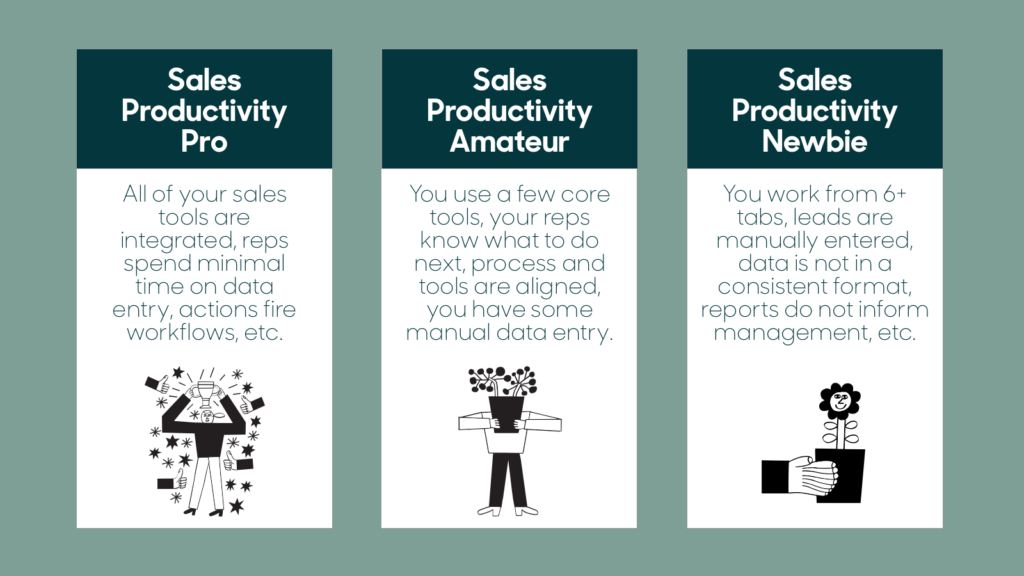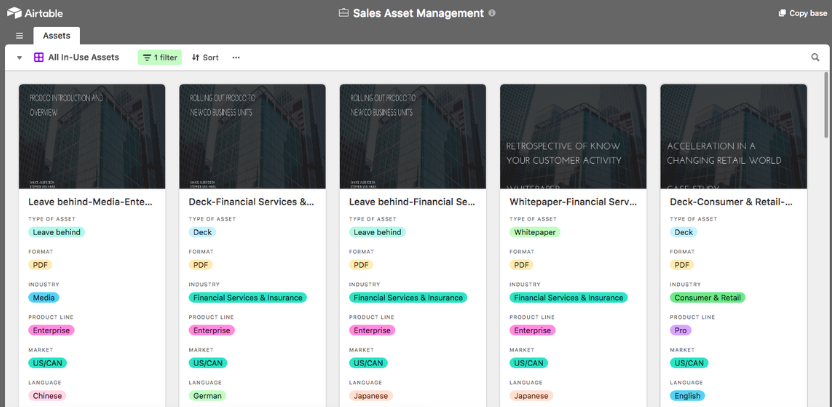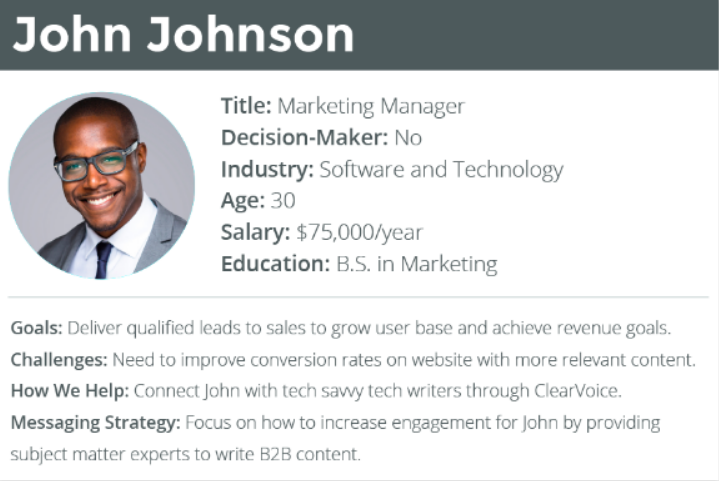This post was originally published at the Zendesk Sell blog. It has been republished here with permission.
While many sales teams might think they’re productive, did you know that the average sales rep actually spends only 22% of their time actively selling?
To determine if your own sales team is productive, measure your productivity according to the definitions below:

If you’re a Sales Productivity Pro, keep it up. If you’re a Sales Productivity Amateur or Sales Productivity Newbie, there are a variety of reasons why. Your sales team might be struggling with siloed departments, too many manual administrative tasks, stressful work environments, lack of access to the right content, or a focus on the wrong prospects.
Increase your sales reps’ productivity by incorporating these strategies:
- Implement a shadowing program.
- Maximize CRM automation.
- Motivate in creative ways.
- Create a resource library.
- Focus on quality leads.
1. Implement a shadowing program.
Sales, marketing, and customer support departments aren’t often aligned in terms of goals. Consider sales team goals vs. support team goals. Customer support is incentivized to solve problems and end customer conversations as quickly as possible. Sales is incentivized to have lengthy conversations to hopefully convert leads.
These polar objectives result in missed opportunities, unclear communication, and lower productivity. Rather than operating in silos, align all three of these departments by having open discussions. What are common goals between departments? Encourage regular conversations between sales, marketing, and support.
One strategy to establish open lines of communication is a shadowing program. Call it “Sales rep for a day.” This type of program can increase sales productivity through team building, new skill development, and a stronger understanding of the customer.
Here’s how you can implement your own shadowing program:
- Pitch the idea/schedule a team meeting. Get program buy-in from department leads (including marketing and support) and team members.
- Hold a short training session for participants. Offer sales training material to shadowees. Answer basic questions about how your sales pipeline works and why the sales process is set up a certain way. Provide context.
- Begin the shadowing rotation. Establish a cadence of support and marketing team members shadowing sales rep activities once or twice a month. Cold calls, product demos, and follow-up calls are all possible activities to shadow.
- Debrief the team. At the end of the program, distribute surveys to find out if the shadowing experience was beneficial for participants. Have positive changes been made as a result of the program?
Use the same model across other departments such as “Marketing rep for a day.” The process encourages more interdepartmental touch points and improves customer activities across the board.
Apart from the above, you can hire a productivity expert who can help you with more stuff in less time. We have shared some of the best productivity coaches on iDoneThis a couple of days back.
2. Maximize CRM automation.
Too often, the sales department spends too much time on tasks that could actually be automated. In fact, one report found that 90% of managers spend two days every week on administrative tasks and 20% of managers said they spend three days or more.
Automate repetitive tasks like email reminders and manual data entry so your reps can focus on the customer relationship. Your CRM should have automated capabilities. Think about your current CRM:
- Does it have a built-in call tool?
- Are your sales tools integrated with your CRM?
- Are conversations accessible across sales-tool platforms?
- Are some of your emails automated?
One possible CRM tool is Zendesk Sell. Sell offers an Automated Action feature that allows for a streamlined workflow. For example, you can set up an action to automatically create a certain task each time you add a new contact in your CRM. Less time spent on manual task means more time to focus on actual sales.

Your CRM’s communication abilities are also important to improve the customer relationship and productivity. Ideally, your CRM automatically tracks and documents customer conversations that can be reviewed at any time by your sales reps.
3. Motivate in creative ways.
Productivity is closely related to motivation. Teams are more likely to efficiently complete tasks when they feel motivated. Implement motivational strategies to make reps feel appreciated and excited to close deals.
And don’t necessarily think you need to delve out more money to motivate reps. Non-financial incentives can be just as motivating:
- Celebrate wins. Champion your reps’ sales efforts, no matter the size. If a rep reaches their quota, celebrate with a “champagne campaign” by placing a bottle of champagne on their desk.
- Encourage team building. Similar to the shadowing program, set up other activities that get team members interacting and working together such as sales contests, lunches, and mandatory meet-up times. Foster a positive culture of communication.

Mandatory “watercooler” meet-ups are an excellent way to build trust between employees.
- Send motivational emails. Email your reps notes of encouragement and confidence. This tactic is especially important close to the end of a quarter.
- Focus on the right metrics. Focus on customer-centric metrics like lifetime value and lead-to-conversion rate. Your reps will be encouraged to nurture the customer relationship.
- Use collaboration tools. By implementing a tool like iDoneThis, sales reps can easily check in via email and share their daily goals/accomplishments with the rest of the team. They are then motivated to stay on track with tasks. And not only is their work recognized across the board, but reps can feel appreciated when they receive positive feedback from both colleagues and management.
Show a genuine interest in your employees’ workload and demonstrate that you care about their success. It might be the extra push they need to increase productivity.
4. Create a resource library.
Did you know that 70% of marketing content doesn’t get used by sales because it’s irrelevant? On top of that, 65% of sales reps can’t find the right content to send to prospects when they need it. The right content needs to be available for your reps at the right time.
Find out typical objections that customers have at different sales stages. Have conversations with marketing about content to combat these objections such as blog posts, case studies, and videos. Align your sales and marketing departments to create effective sales content.
And don’t let opportunities to connect with potential customers slip by just because the right content isn’t easily accessible. Sales reps need to have content right at their fingertips and not have to wait on marketing.
Some type of online location is the best method for organizing and storing sales content. This could be something as simple as a Google spreadsheet with material sorted into the following categories:
- Type of resource (e.g., blog post)
- Title of the resource
- Category
- Buyer personas
- Link or file download
The point of this online location is to provide both sales and marketing with easy access to sales content. Airtable is another excellent organization tool. Below is a template that allows you to sort content by type, format, industry, market, etc.

Whatever tool you choose, make sure it’s easy for the sales reps to use and ask marketing questions in real time.
5. Focus on quality leads.
A good rule of thumb to remember with lead generation is “quality over quantity.” A large amount of leads means nothing if they don’t eventually turn into customers. Focus on the right kind of leads through lead qualification. Reps will be more productive if they’re able to move quality leads through the pipeline.
To begin qualifying your leads, segment your prospects. Identify who they are, their pain points, and what keeps them awake at night. Use the information to create lead criteria.
Hopefully, you already have buyer personas outlined. These personas should provide information on ideal customers including the type of company they work for, the size of the company, their position, and decision-making status (see example below). Your reps should review these buyer personas often.

[Source]
Lead qualification is a core selling activity. You have to nail qualifications in order to find customers that match your product/service offering. Create a process where your reps can quickly qualify leads. This approach will improve productivity and help with ultimately closing valuable deals.
Consider, too, how modern AI automation can aid in lead qualification. Conversational AI can even save your salespeople time at both the qualification and conversion phase of the sales funnel.
Become a Sales Productivity Pro
Pinpoint the exact reasons as to why your team is having productivity issues. Implement the above strategies to improve rep productivity and help your team become Sales Productivity Pros. You’ll improve your overall sales process, as well as the customer experience.
